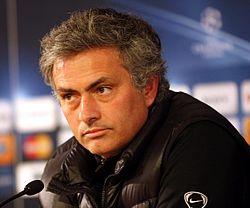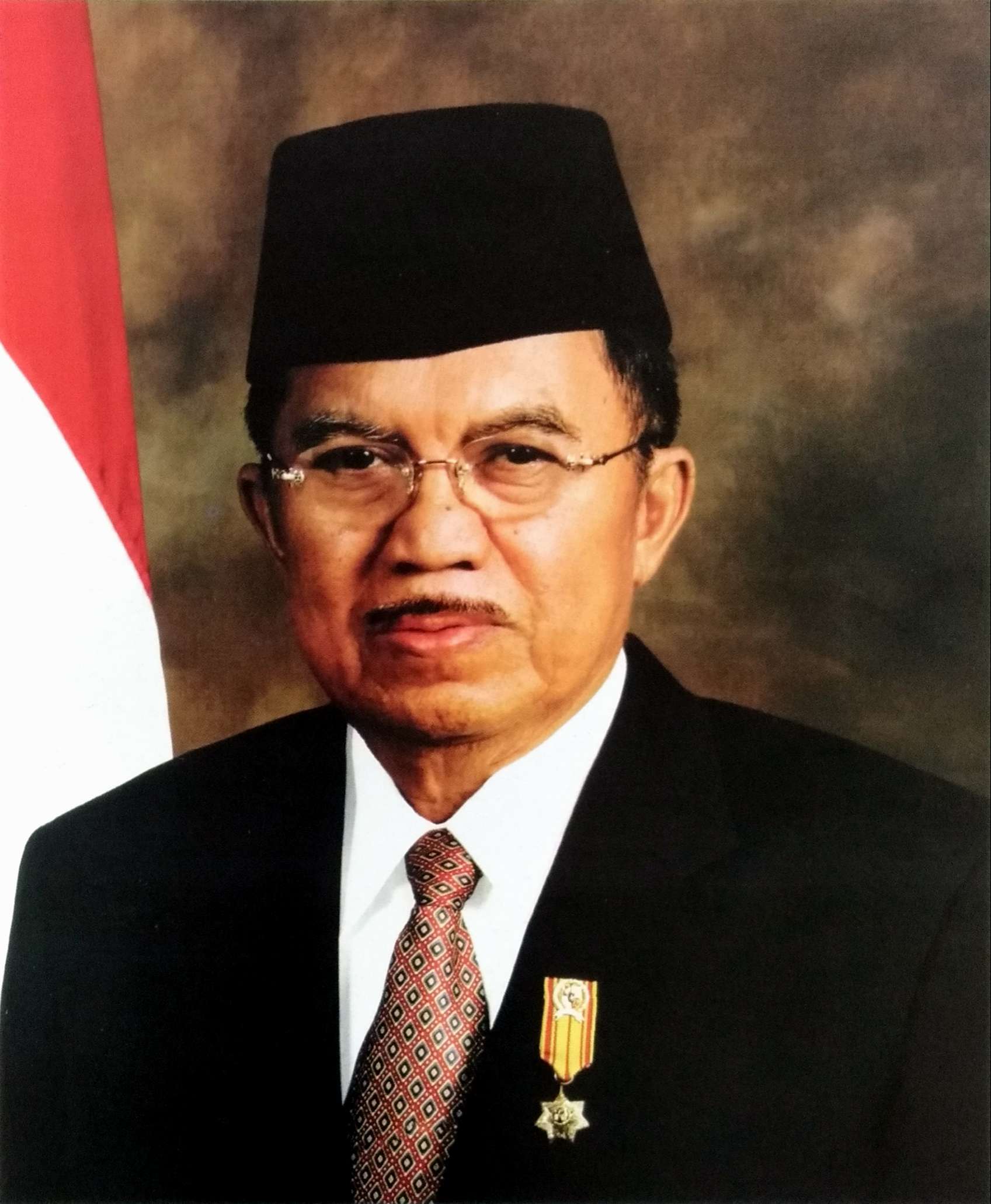Universitas Budi Luhur Unggulan Di Jakarta
www.Budiluhur.ac.id (WEB)
www.elearning.Budiluhur.ac.id (Elearning)
@greenationUBL (Twitter Green Budi Luhur)
@UnivBudiLuhur (Twitter Informasi Budi Luhur)
@deddyindraw (Admin Blogspot ini)
MEDIA SOSIAL UNIVERSITAS BUDI LUHUR
SEJARAH UNIVERSITAS BUDI LUHUR
Cerdas dan berbudi luhur merupakan dua hal yang terpadu yang tidak terpisahkan, karena kecerdasan tanpa dilandasi budi yang luhur akan cenderung digunakan untuk membodohi dan mencelakakan orang lain, sebaliknya budi luhur tanpa diimbangi kecerdasan akan merupakan sasaran kejahatan dan penindasan dari orang lain.
- Jurusan Manajemen Informatika, dengan program studi :
a. Manajemen Informatika (D-III Diakui dan S-1 Terdaftar)
b. Komputerisasi Akuntansi (D-III dan S1 Terdaftar). - Jurusan Teknik Informatika dengan program studi Teknik Informatika (S-1 Terdaftar).
- Jurusan Teknik Komputer, dengan program studi Teknik Komputer (D III dan S-1 Terdaftar).
Universitas Budi Luhur Unggulan Di Jakarta
Message from the Rector
Universitas Budi Luhur Unggulan Di Jakarta
Visi dan Misi
- Menyelenggarakan pendidikan berbasis kompetensi untuk menghasilkan lulusan yang unggul dan mampu bersaing di Indonesia.
- Memfasilitasi dan memotivasi sivitas akademika untuk dapat memiliki hak atas kekayaan intelektual sebagai aktualitas pencapaian mutu penelitian.
- Melakukan kegiatan yang bermanfaat bagi kesejahteraan masyarakat luas sebagai bentuk nyata kepedulian universitas.
- Menyelenggarakan kerjasama dengan institusi pemerintah maupun swasta dengan prinsip kesetaraan.
- Menyelenggarakan perguruan tinggi dengan akuntabilitas, kemandirian dan tata kelola berbasis sistem mutu.
- Mewujudkan manajemen akademik yang mampu meningkatkan kesejahteraan ekonomi dan kualitas hidup seluruh sivitas akademika.
Biography Jokowi

Full Name: Ir. Joko Widodo
Popular Name: Jokowi
Date of Birth: June 21, 1961
Place of Birth: Surakarta (Solo), Central Java, Indonesia
Religion: Islam
Hobbies: rock music connoisseurs wing Smart
Educational History: SDN 111 Tirtoyoso Solo, Solo SMPN 1, SMAN 6 Solo, Yogyakarta Faculty of Forestry graduates 1985
Occupation: Entrepreneur, Exporter Furniture, Mayor of Solo the period 2005-2010 and the period 2010-2015
Biography Queen Elizabeth II
Synopsis
Early Life
Marriage and Accession
CONTENTS
A Royal Mother
Threats and Scandals
CONTENTS
Later Years
CONTENTS
Personal Life
Biography David Beckham
Synopsis
QUOTES
Early Years
World Wide Star
Coming to America
Biography Roman Abramovich
Profile
Biography Jose Mourinho

Date of Birth
26 January 1963, Setúbal, PortugalBirth Name
José Mário dos Santos Mourinho FélixNickname
Zé MárioThe Special One
Height
5' 9" (1.75 m)Spouse
| Tami | (1989 - present) 2 children |
Trade Mark
Trivia
Personal Quotes
Where Are They Now
Biography Jusuf Kalla

Mohammad Jusuf Kalla (born May 15, 1942) was the 10th Vice President of Indonesia and Chairman of the Golkar Party in the same period. He was an unsuccessful candidate for the Indonesian presidential election in 2009, and his term expired in October 2009.
His parents were Hadji Kalla, a local businessman and Athirah, a woman who sold Buginese silk for a living. He was the second child out of 17.
After completing school, Kalla attended the University of Hasanuddin in Makassar. There, he became active with the Indonesian Student Action Front (KAMI), a student organization which supported General Suharto in his bid to gain power from President Sukarno and was elected as Chairman of its South Sulawesi branch. He also had the beginnings of a political career, becoming a member of the Regional People's Representative Council (DPRD) and Chairman of the Youth Division of Golkar when it still adopted a Joint Secretariat (Sekber) format.
In 1967, Kalla graduated from Faculty Economy of Universitas Hasanuddin in Makassar. At the time, the economic situation was still bleak and his father, Hadji contemplated shutting down the family's enterprise, NV Hadji Kalla. It was here that Kalla decided to enter the business world. Sacrificing his political activism, Kalla became CEO of NV Hadji Kalla in 1968 whilst Hadji became the Company's Chairman. In the beginning things were hard for Kalla, who only had one employee and his mother had to assist him by trading her silk and running a mini-transportation enterprise which consisted of three buses.
However business improved. Under Kalla's leadership, NV Hadji Kalla expanded from export imports to the hotel industry, construction, car dealing, bridges, shipping, real estate, transportation, a shrimp farm, oil palm, and telecommunications. In addition to being CEO of NV Hadji Kalla, Kalla was also the CEO for the subsidiaries established under NV Hadji Kalla. In 1977, Kalla graduated from INSEAD, an international business school based in Fontainebleau, south of Paris.
Aside from his business career, Kalla has also been active in various organizations. From 1979 to 1989 he was Chairman of the Indonesian Economics Graduates Association (ISEI) branch in Ujung Pandang and continues to play an advisory role in ISEI. Kalla was extensively involved with the Chamber of Commerce and Industry (KADIN). From 1985-1998, he was KADIN Chairman for South Sulawesi and at one point was the KADIN Coordinator for Eastern Indonesia . In addition, Kalla is also on the boards of trustees for three universities in Makassar. Kalla has also contributed socially by building the Al Markaz Mosque and becoming chairman of its Islamic centre.
Kalla returned to politics in 1987 when he was appointed to the People's Consultative Assembly (MPR) as a regional representative for South Sulawesi. He would be re-appointed to the MPR in 1992, 1997, and 1999.
When Abdurrahman Wahid was elected President by the MPR in 1999, Kalla was included in the Cabinet and was named Minister of Industry and Trade. He had only been in his position for six months when in April 2000, Wahid removed him from his position along with Minister of State Owned Enterprises, Laksamana Sukardi. Wahid accused both Kalla and Laksamana for corruption although he never backed it up with evidence.
In July 2001, through a Special Session of the MPR, Wahid was dismissed from office and Megawati Sukarnoputri took over as President. Megawati included Kalla in her Cabinet and named him Coordinating Minister of People's Welfare. Although it was not part of his Ministerial brief, Kalla helped solve the inter-religious conflict in Poso on his native island of Sulawesi. Kalla facilitated a negotiation process which resulted in the signing of the Malino Declaration on 20 December 2001. and ceased three years worth of conflict. Two months later, Kalla once again helped solve another conflict in Sulawesi. On 12 February 2002, he, together with Coordinating Minister of Politics and Society Susilo Bambang Yudhoyono, managed to solve a similar conflict on Ambon and Molucca through a Second Malino Declaration.
Although he had overwhelmingly won the Presidency, Yudhoyono was still weak in the People's Representative Council (DPR). PD combined with all of its coalition partners were still too weak to contend with the Legislative muscles of Golkar and PDI-P who now intended to play the role of opposition.
With a National Congress to be held in December 2004, Yudhoyono and Kalla had originally backed Head of DPR Agung Laksono to become Golkar Chairman. When Agung was perceived to be too weak to run against Akbar, Yudhoyono and Kalla threw their weight behind Surya Paloh. Finally, when Paloh was also perceived to be to weak to run against Akbar, Yudhoyono gave the green light for Kalla to run for the Golkar Chairmanship. On 19 December 2004, Kalla was elected as the new Chairman of Golkar.
Kalla's victory posed a dilemma for Yudhoyono. Although it now enabled Yudhoyono to pass legislation, Kalla's new position meant that in one sense, he was now more powerful than Yudhoyono.
The first sign that points to the existence of a rivalry was during the Indian Ocean Tsunami when Kalla, apparently on his own initiative assembled the Ministers and signed a Vice Presidential decree ordering work to begin on rehabilitating Aceh. The legality of his Vice Presidential decree was questioned.although Yudhoyono maintained that it was he who gave the orders for Kalla to proceed.
The second sign was in September 2005 when Yudhoyono went to New York to attend the annual United Nations Summit. Although Yudhoyono had left Kalla to take charge of proceedings at Jakarta, he seemed to be bent on maintaining a watch on matters at home. Yudhoyono would hold a video conference from New York to receive reports from Ministers. Critics suggest that this was an expression of distrust by Yudhoyono The suggestion seemed to gain momentum when Kalla only showed up for one video conference and then spent the rest of the time taking care of Golkar matters.
Although things calmed down, especially with Golkar gaining another Cabinet position in the reshuffle, the alleged rivalry resurfaced again in October 2006 when Yudhoyono established the Presidential Work Unit for the Organization of Reform Program (UKP3R). There was accusation that this was an attempt by Yudhoyono to exclude Kalla from Government. Yudhoyono was quick to clarify that in supervising UKP3R, he will be assisted by Kalla.
Kalla ran for the presidency with Wiranto as his running mate in the 2009 Indonesian presidential election, finishing third with 12.4 per cent of the vote.(source wikipedia)
Biography of GUS DUR
K.H Asyari Hashim, the founder of Nahdlatul Ulama (NU), while his maternal grandfather,
KH Bisri Syansuri, is the first boarding school teacher who teaches a class on women. Gus Dur's father, K.H. Wahid Hasyim, was involved in the nationalist movement and became Minister of Religious Affairs in 1949. His mother, Mrs. Hj. Sholehah, is the daughter of the founder of Pondok Pesantren in Jombang Denanyar. In addition to Gus Dur, his brother Gus Dur is also a figure of national leaders At the time of his father diangkan became Minister of Religion, Gus Dur join move to Jakarta and went to primary school before moving to SD KRIS Matraman Perwari. His education continued in 1954 at Junior High School and not the next grade, but not because of intellectual problems. His mother then sent to Yogyakarta to continue their education. In 1957, after graduating from junior high school, he moved to Magelang to study at boarding school Tegalrejo. He developed a reputation as a gifted pupil, graduated from boarding school within two years (should be four years). In 1959, Gus Dur Tambakberas moved to boarding school in Jombang and get his first job as a teacher and head of the madrassa. Gus Dur is also a journalist and magazine Horizon Culture Jaya. In 1963, Wahid received a scholarship from the Ministry of Religious Affairs to study at Al Azhar University, Cairo, Egypt, but did not finish due to the criticality of his mind. Gus Dur and then studied at the University of Baghdad. Although initially neglected, Gus Dur can finish his education at the University of Baghdad in 1970. He went to Holland to continue his education, to study at the University of Leiden, but disappointed that his education in Baghdad under-recognized here. Gus Dur and then went to Germany and France before returning to Indonesia in 1971. Abdurrahman returned to Jakarta and joined the Institute for Research, Education and Economic and Social Affairs (LP3ES), an organization which consists of a progressive Muslim intellectuals and social democrats. In January 1998, Gus Dur was attacked stroke and was rescued by a team of doctors. However, as a result of health condition and the vision the President to-4 is deteriorating. In addition to its stroke, his health problems allegedly caused by hereditary factors also caused a close blood relationship between her parents. In the early 1980s, Gus Dur plunge care of Nahdlatul Ulama (NU) after three times ditawarin by his grandfather. In recent years, Gus Dur NU managed to reform the body so as to make his name more and more popular among NU. At the National Congress of 1984, Gus Dur was asked as Chairman of the NU.During his first term, Gus Dur focus in reforming the educational system succeeded in improving the quality of schools and boarding school education system so that it can compete with secular schools. And finally on December 30, 2009, Gus Dur died of illness complications and was buried in Jombang, East Java.Congratulations Gus Way, may appear Gus Gus Dur Dur-bari capable of thrilling the world. Amen










